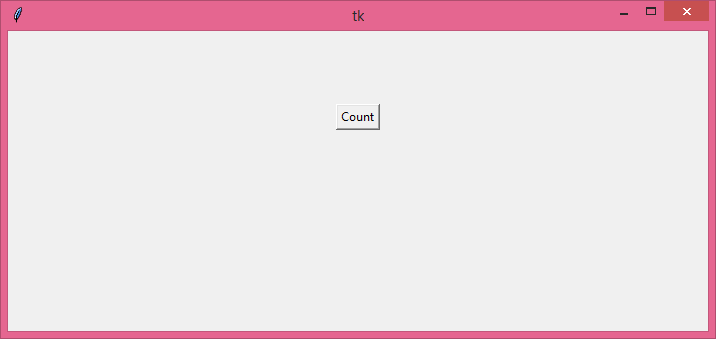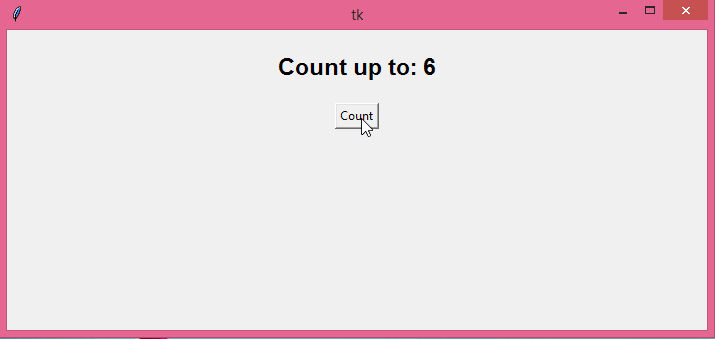
 Data Structure
Data Structure Networking
Networking RDBMS
RDBMS Operating System
Operating System Java
Java MS Excel
MS Excel iOS
iOS HTML
HTML CSS
CSS Android
Android Python
Python C Programming
C Programming C++
C++ C#
C# MongoDB
MongoDB MySQL
MySQL Javascript
Javascript PHP
PHP
- Selected Reading
- UPSC IAS Exams Notes
- Developer's Best Practices
- Questions and Answers
- Effective Resume Writing
- HR Interview Questions
- Computer Glossary
- Who is Who
Python: How to update tkinter labels using a loop?
We normally use the Tkinter Label widget to display text and images in an application. Let us assume that we want to create an application such that the Label widget continuously gets updated with a value whenever the application executes. To achieve this, we will use a StringVar object and update its value using a while loop that will iterate as long as a particular condition satisfies.
A StringVar object in Tkinter can help manage the value of a widget such as an Entry widget or a Label widget. You can assign a StringVar object to the textvariable of a widget. For example,
data = ['Car', 'Bus', 'Truck', 'Bike', 'Airplane'] var = StringVar(win) my_spinbox = Spinbox(win, values=data, textvariable=var)
Here, we created a list of strings followed by a StringVar object "var". Next, we assigned var to the textvariable of a Spinbox widget. To get the current value of the Spinbox, you can use var.get().
Example
The following example demonstrates how you can update a tkinter label using a while loop ?
# Import the required libraries
from tkinter import *
# Create an instance of tkinter frame
win = Tk()
# Set the size of the tkinter window
win.geometry("700x300")
# Initialize a StringVar
var = StringVar()
def label_update():
num = 0
while 1:
# Update the StringVar
num = num + 1
var.set("Count up to: " + str(num))
win.after(200, win.update())
if num==100:
break
# Create a label widget
label = Label(win, textvariable=var, font='Arial 17 bold')
label.pack(pady=20)
button = Button(win, text="Count", command=label_update)
button.pack()
win.mainloop()
Output
On execution, the program would display the following window ?

On clicking the "Count" button, it will display a Label widget and start updating its value until it becomes 100.


